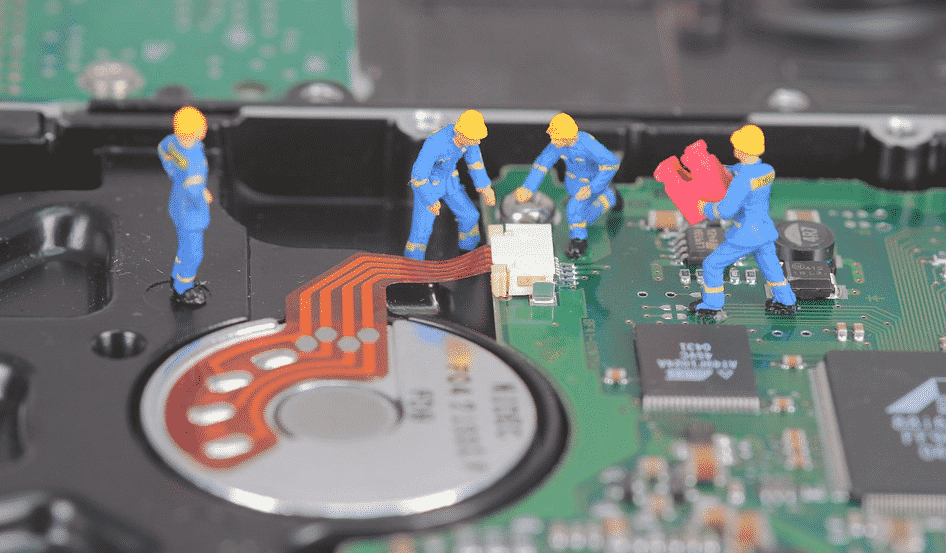Introduction
Computers have become an integral part of our daily lives, assisting us in various tasks from work to entertainment. To ensure your computer operates at its best, regular maintenance is essential. In this comprehensive guide, we’ll explore key practices for keeping your system in top shape, optimizing performance, and extending its lifespan.

1. Cleaning Your Hardware
Dust and debris can accumulate inside your computer, leading to overheating and reduced performance. Regularly clean your hardware, including the CPU, fans, and vents, using compressed air or a soft brush. Ensure your computer is powered off and disconnected from the power source before cleaning.
2. Updating Operating System and Software
Keep your operating system and software up to date to benefit from the latest security patches, bug fixes, and performance improvements. Enable automatic updates whenever possible to ensure you’re always running the latest versions.
3. Managing Storage Space
Over time, files and applications can clutter your hard drive, affecting system performance. Regularly delete unnecessary files, uninstall unused programs, and consider using cloud storage or external drives for archiving files.
4. Running Disk Cleanup and Defragmentation
Perform regular disk cleanup to remove temporary files and system junk. Additionally, defragment your hard drive (for traditional HDDs) or optimize storage (for SSDs) to organize data for faster access.
5. Checking for Malware and Viruses
Protect your computer from malicious software by running regular scans with reputable antivirus software. Be cautious when downloading files or clicking on links from unknown sources to avoid potential malware infections.
6. Monitoring System Performance
Use built-in or third-party monitoring tools to keep track of your computer’s performance. Monitor CPU and memory usage, temperature, and disk activity to identify potential issues early on.
7. Updating Drivers
Ensure that all device drivers, such as graphics, audio, and network drivers, are up to date. Outdated drivers can lead to compatibility issues and performance problems.
8. Optimizing Startup Programs
Manage startup programs to reduce the time it takes for your computer to boot up. Disable unnecessary startup applications that may slow down the startup process.
9. Cleaning Browser Cache and Cookies
Regularly clear your browser’s cache and cookies to free up space and improve browsing speed. Consider using browser extensions that block ads and trackers to enhance security and privacy.
10. Backing Up Your Data
Create regular backups of your important files and data. Use external drives, cloud storage, or dedicated backup software to protect your data from potential loss due to hardware failure or accidental deletion.
Conclusion